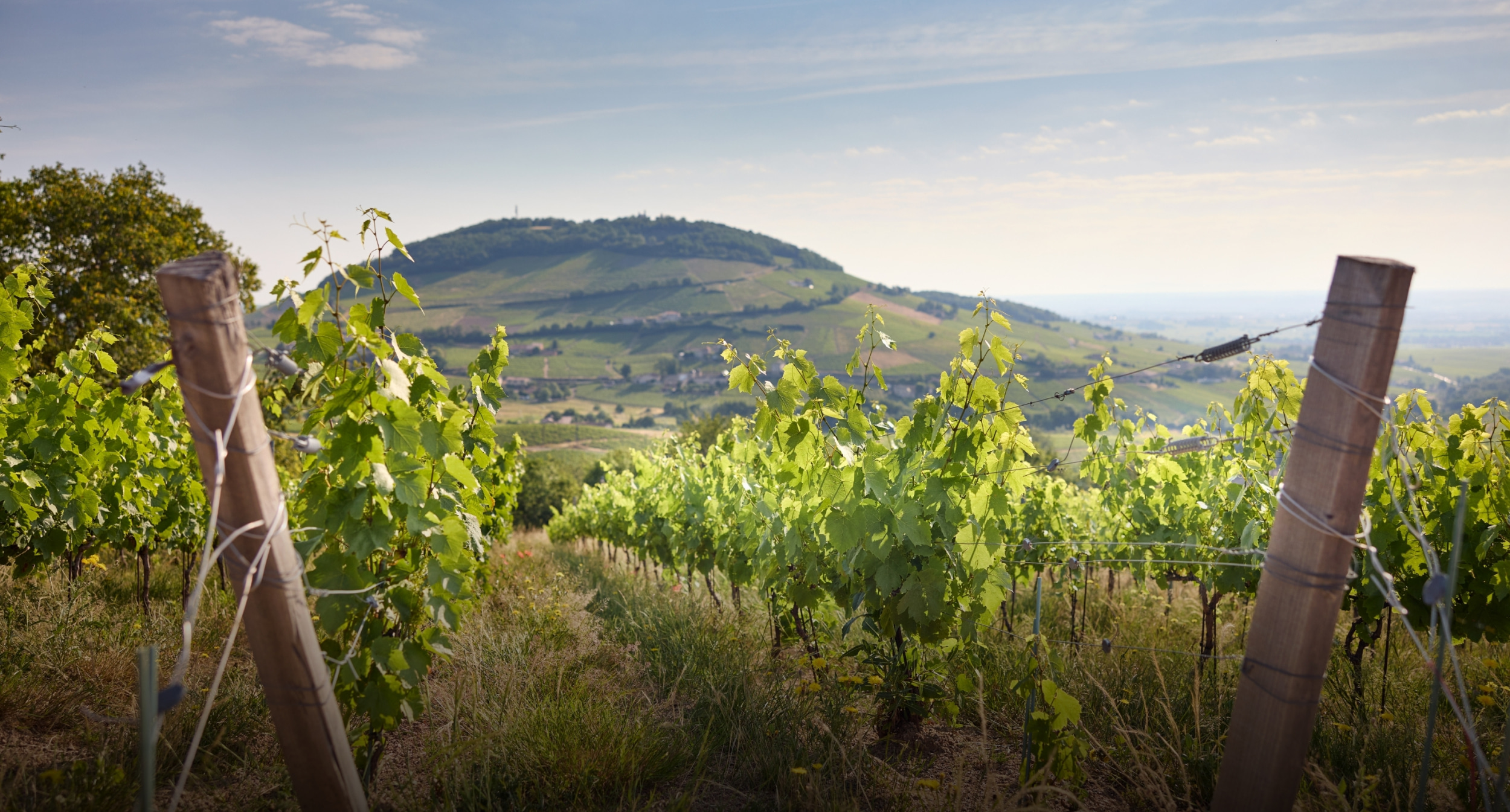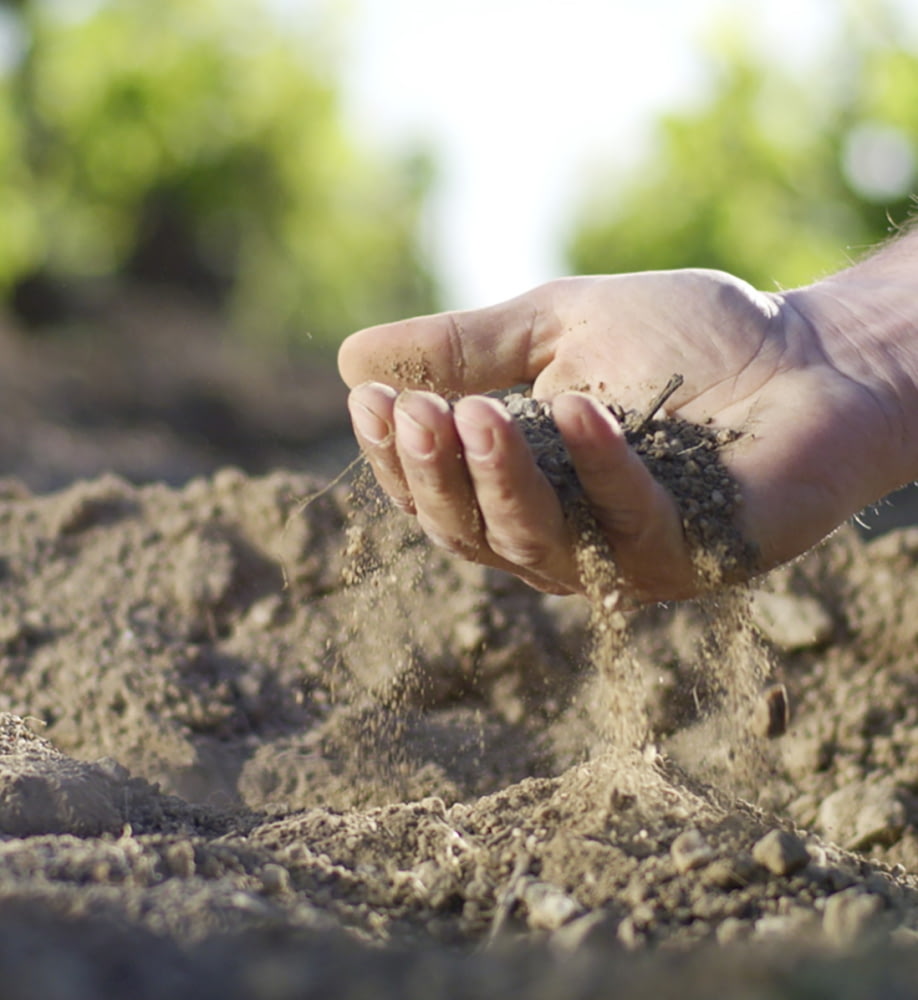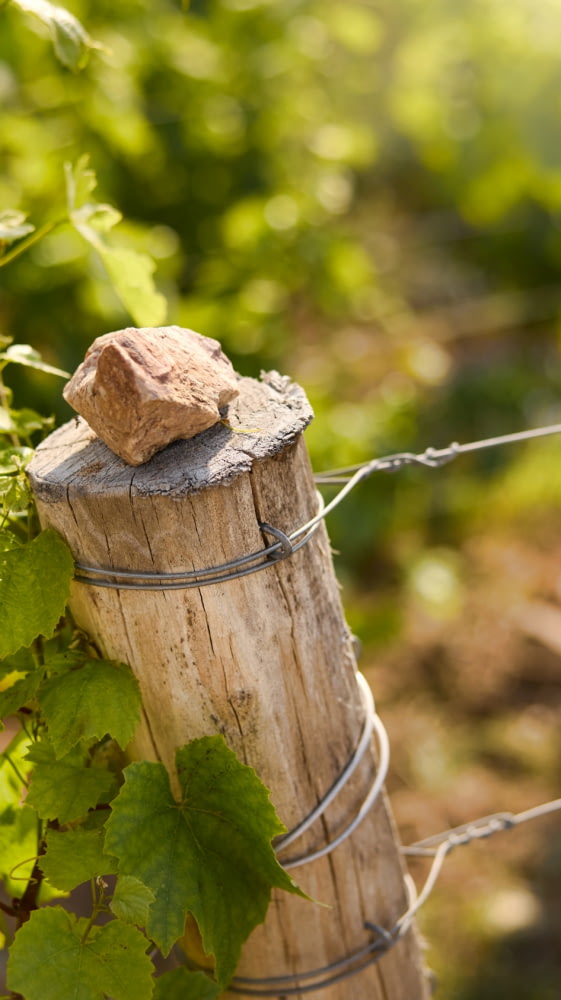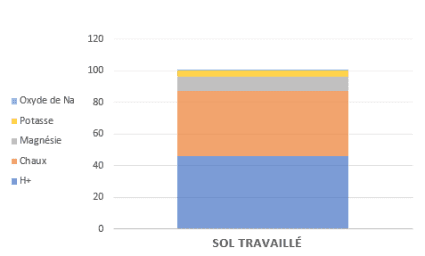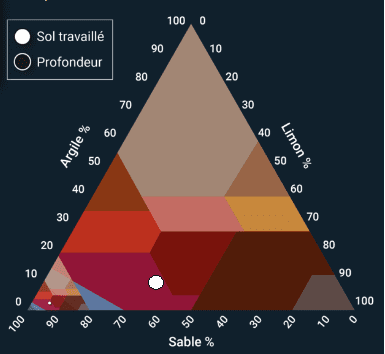Are you sure you want to perform this action?
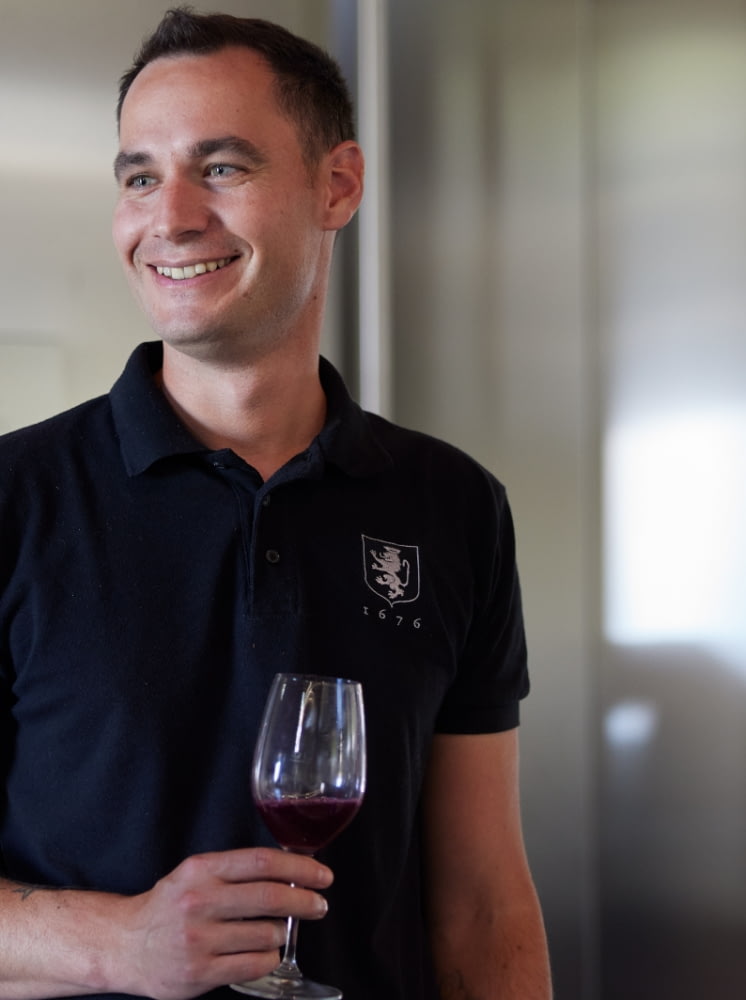

The
WINE
CRAFTSMAN
« A lifelong passion for the land led me to pursue a degree in agronomy, followed by the National Diploma in Oenology from the University of Burgundy. I am also extremely fond of the Beaujolais, this beautiful region that adopted me in 2017. Since then, I have been committed to taking care of the vines and the wines of the family estate with the support of my team who is just as enthusiastic as I.
We are lucky to have such exceptional vineyards! They benefit from highly favorable conditions: their southeastern exposure for most of the plots, for the quality of their granitic and blue stone (diorite) based soils, their position on slopes with a 200-meter (656-foot) difference between the highest and lowest vines, and by the 300 hectares (741 acres) of forest and woodland around the estate, which create a natural protective barrier that also contributes to the balance of the ecosystem.
In my opinion, the environmental stakes are a major subject that must imperatively be taken into consideration with regard to the way we practice viticulture, that is why I, along with all of our partners, have tackled such a large-scale project: converting our 150 hectares (370.65 acres) of vines to organic viticulture while implementing as many actions as possible to maintain biodiversity, preserve natural resources and prevent erosion.
2022 was the estate’s first certified organic vintage, in the Brouilly appellation, and the fruit of our work is already is already having a positive effect on the various animal and plant populations.
My team and I have not only embarked upon an ambitious environmental transition, but we have also undertaken an approach to craft higher-end wines by valorizing our single vineyards, as each one has its own character that the Gamay grape showcases marvelously in these “haute-couture” wines!
The most important part of our project and our quest for exceptional crus, are the men and women that we have chosen to bring along with us on this adventure, people who share our respect for nature, for the terroir and for the values that have been passed on to me. I like to cite the famous proverb: “You may go faster alone, but together you go further. »
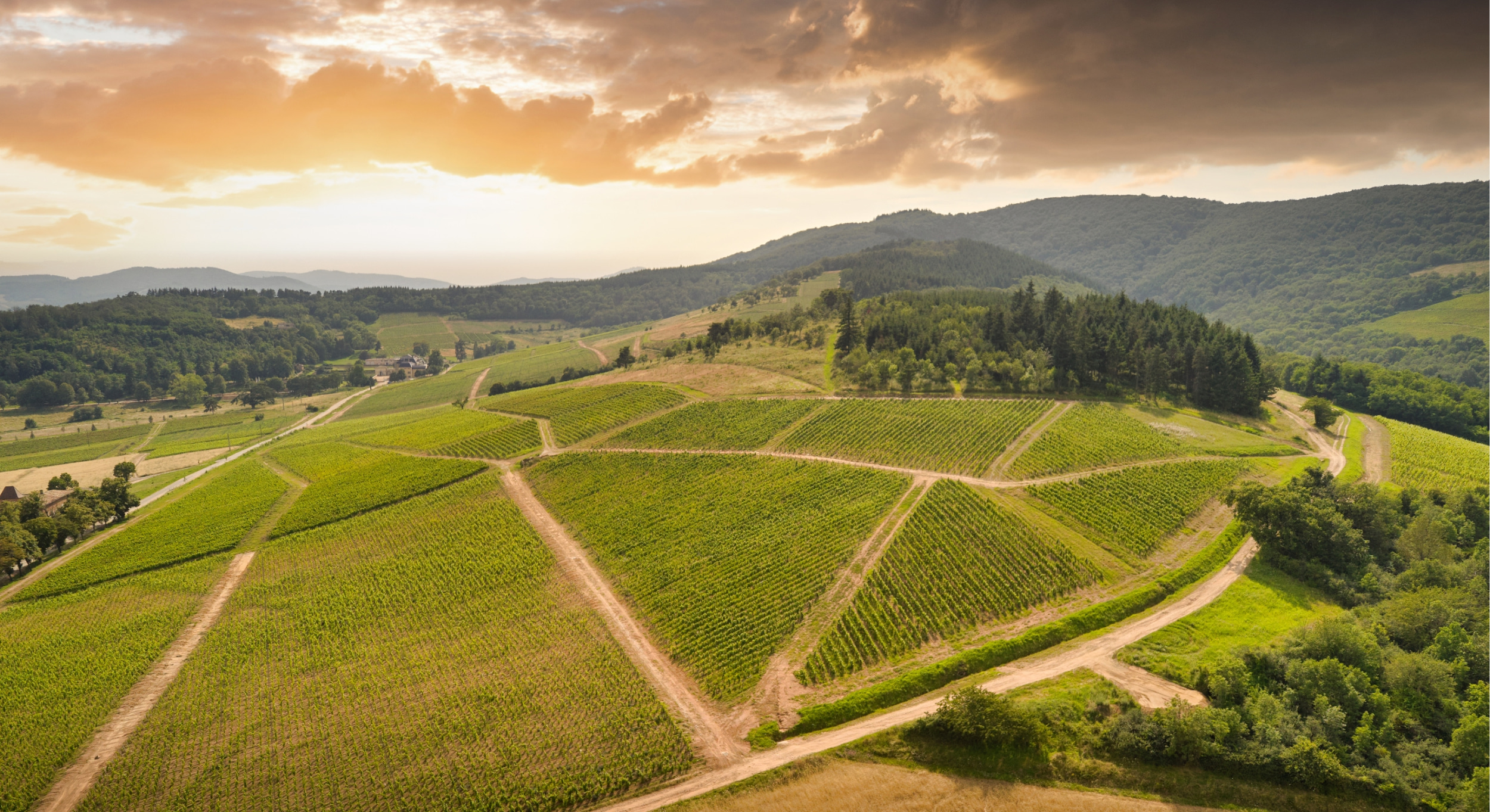
Our TERROIRS
Our vineyards and terroirs
The Gruy family takes great care of the estate and its terroirs with passion and enthusiasm!
It is the largest wine producing estate in the Beaujolais and southern Burgundy, with a surface area of 450 hectares (1,112 acres), of which 150 hectares (370.65 acres) are under vine.
Christophe and Boris Gruy are fully committed to the concepts of authenticity and traceability in the crafting of Château de La Chaize wines. This philosophy is substantiated by the estate’s single vineyard-based approach. The grapes from each named plot, which are delimited according to the original cadaster and identified by the analysis of their soils, are vinified and aged separately in order to bring out the character and unique nature of each plot.
Fleurie
- Les Grands Fers
- La Madone
- Champagne
- Clos de la Chapelle des Bois
- Les Raclets
- Les Déduits
Morgon
- Corcelette
Côte de Brouilly
- Chavannes
- Côte de Brouilly, dit Brûlhié
- La Croix Dessaigne
- L’héronde
Brouilly
- Les Clous - Monopole
- Combiliaty
- La Chaize - Monopole
- Clos de La Chaize - Monopole
- Saburin
- Moulin Favre
- Vers les pins - Monopole
- Les Frairies - Monopole
- Les Lions - Monopole
- Les Caboches - Monopole
- Pré du Château - Monopole
- La Grange des Bois - Monopole
Our AOC
and CADASTRAL named plots
The estate is comprised of 23 cadastral named plots, divided between the Brouilly, Côte de Brouilly, Fleurie and Morgon appellations.
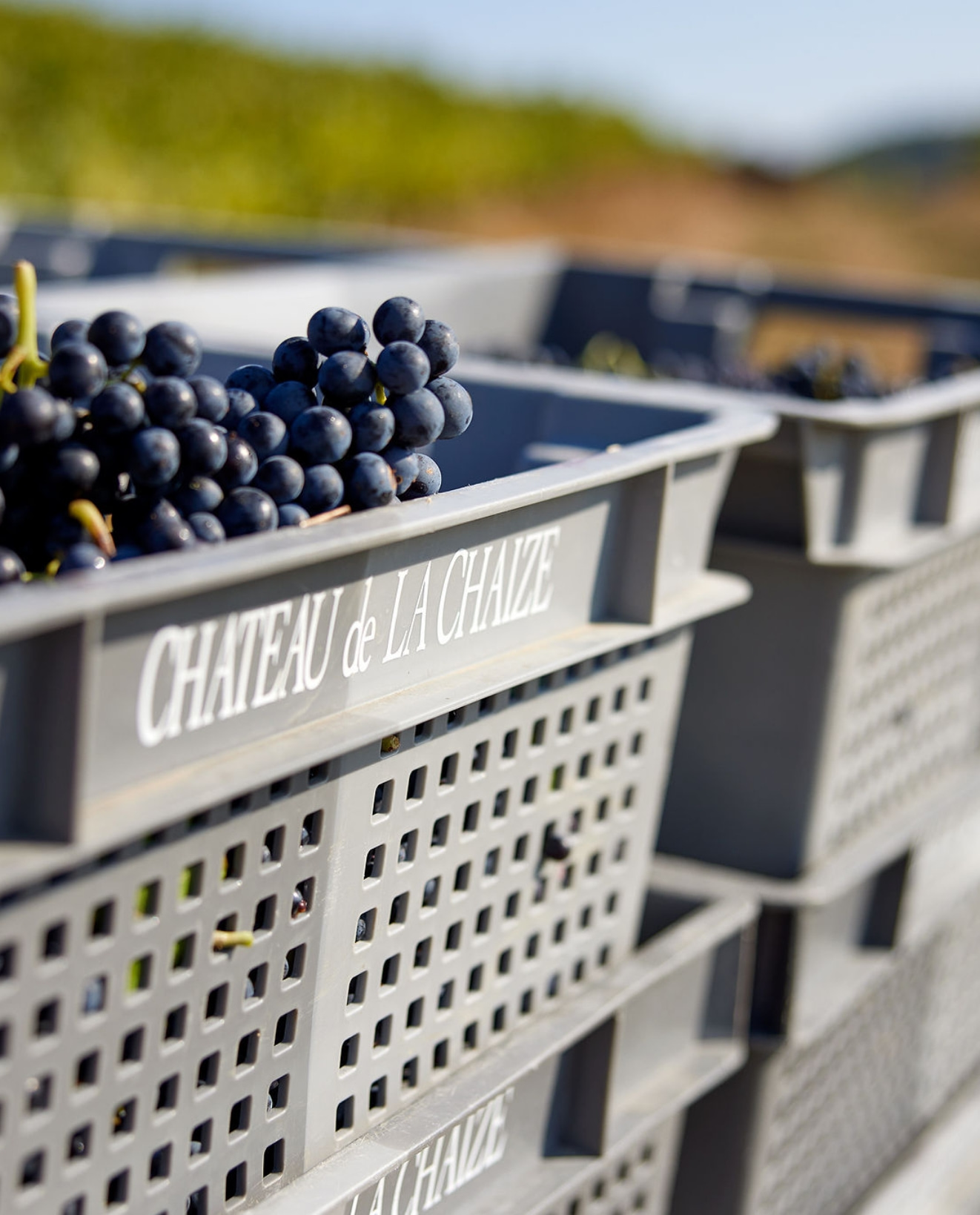
Plot selection harvests
At the end of the summer, we are vigilant about selecting the most advantageous harvesting dates. In our opinion, this is the best season of all!
It marks the end of an entire year’s worth of dedicated work, in the aim of producing the finest possible wines. We therefore look for the perfect balance between sugar and acidity levels, and we take phenolic maturity into consideration before choosing those precious 15 consecutive days.
All of the grapes are harvested manually by approximately 120 people, including the estate’s 30 permanent employees, for two weeks every year. The grapes are handpicked at their peak of ripeness, and transported to the winery in small, perforated 13-kg (28-lb) crates, to prevent the grapes from being crushed and the juices oxidizing prematurely on the way.
Our winery is a recognized French national heritage building (Monument Historique), designed and built in 1771, which is equipped to receive the harvest from our 150 hectares (370.65 acres) of vines.
When the grapes arrive at the winery, they are sorted by hand on a sorting table. We also use a destemmer, which is not common in the Beaujolais. Our grapes are sorted and destemmed to preserve the quintessence of the fruit.
The quality of the grapes is what will determine the greatness of the vintage!
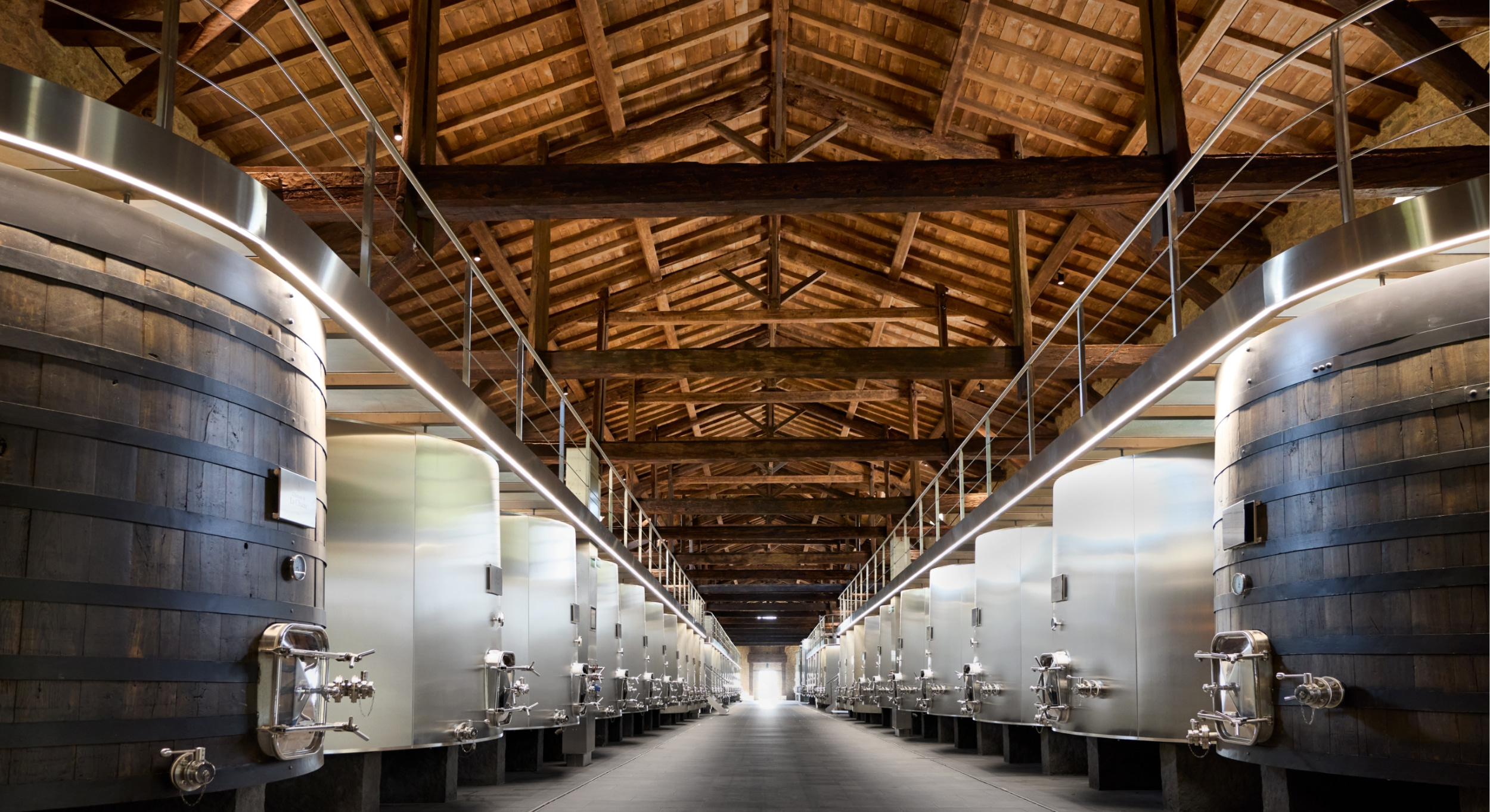
Vinification at our high-tech winery
Knowing precisely where the grapes come from allows us to adapt how we vinify the grapes from each plot, in accordance with its soil profile, the nature of the slope and its exposure.
Each plot lends the wine its character and uniqueness. The resulting cuvée bears the name of the single vineyard from which the grapes were harvested.
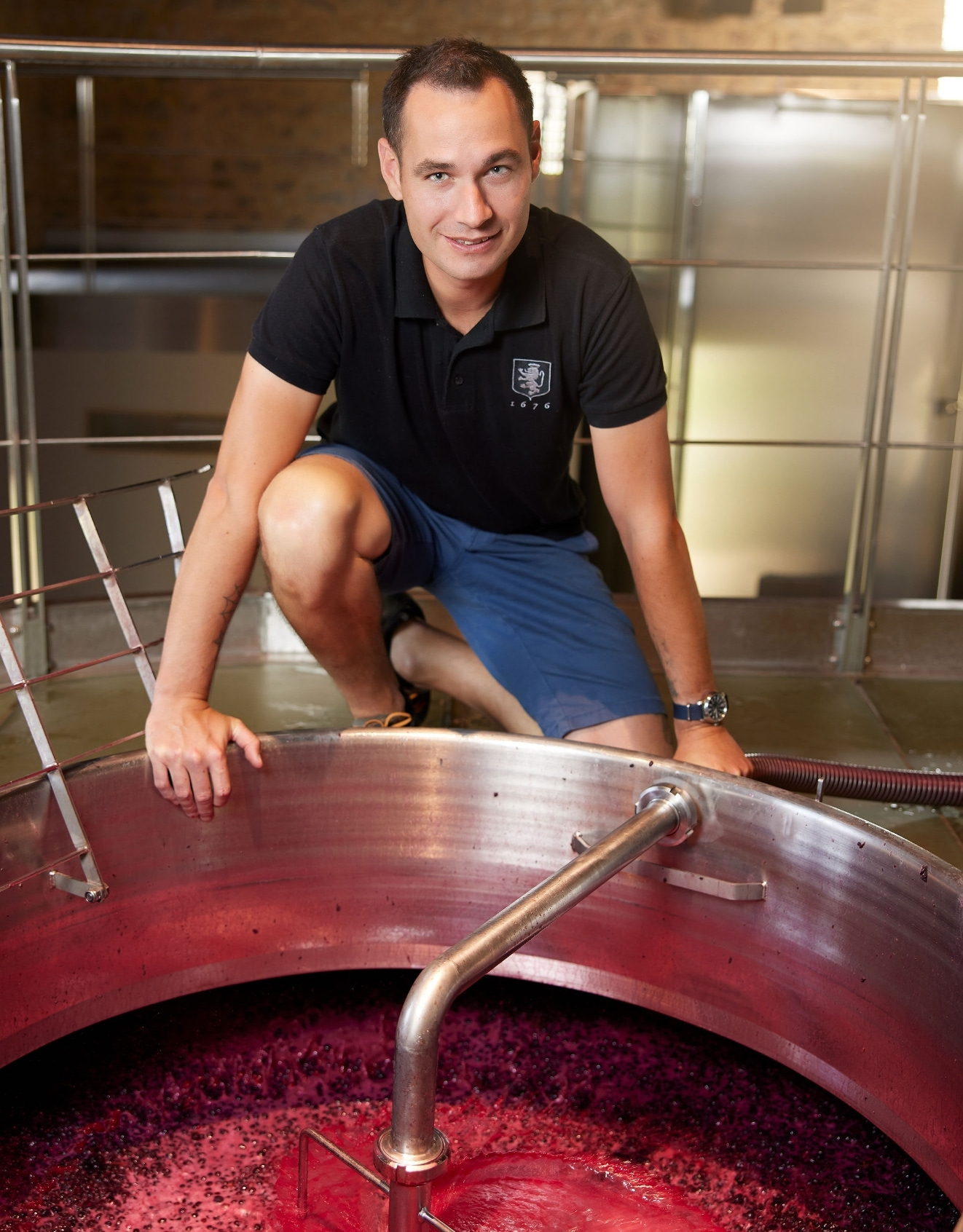
In an effort to promote the identity of each plot and vintage, we practice low-interventionist vinification.
Our winemaking equipment and facilities are also adapted to best respect the grapes and wine:
- The grapes are transferred to tanks by means of gravity using specifically designed forklifts equipped with bin dumpers.
- We have replaced all of our stainless-steel tanks and have added concrete vats as well so that we can conduct separated vinifications. They are all truncated, as were the old-fashioned wooden vats used at the estate from the beginning. By increasing the surface area of contact between the juice and the pomace, they allow for more gentle and thorough extraction for the vinification of red wines.
- Once alcoholic fermentation is complete, the pomace is then pressed using a modern (and therefore more water efficient when cleaned) horizontal pneumatic press, while the grapes for our finest cuvées are pressed in a vertical press, which allows for particularly gentle extraction.
- Then, the free-run and press wines are gently transferred to the cellar by means of a system that relies entirely on gravity (carried through special pipes and state-of-the-art pumps), for the remainder of the vinification process.
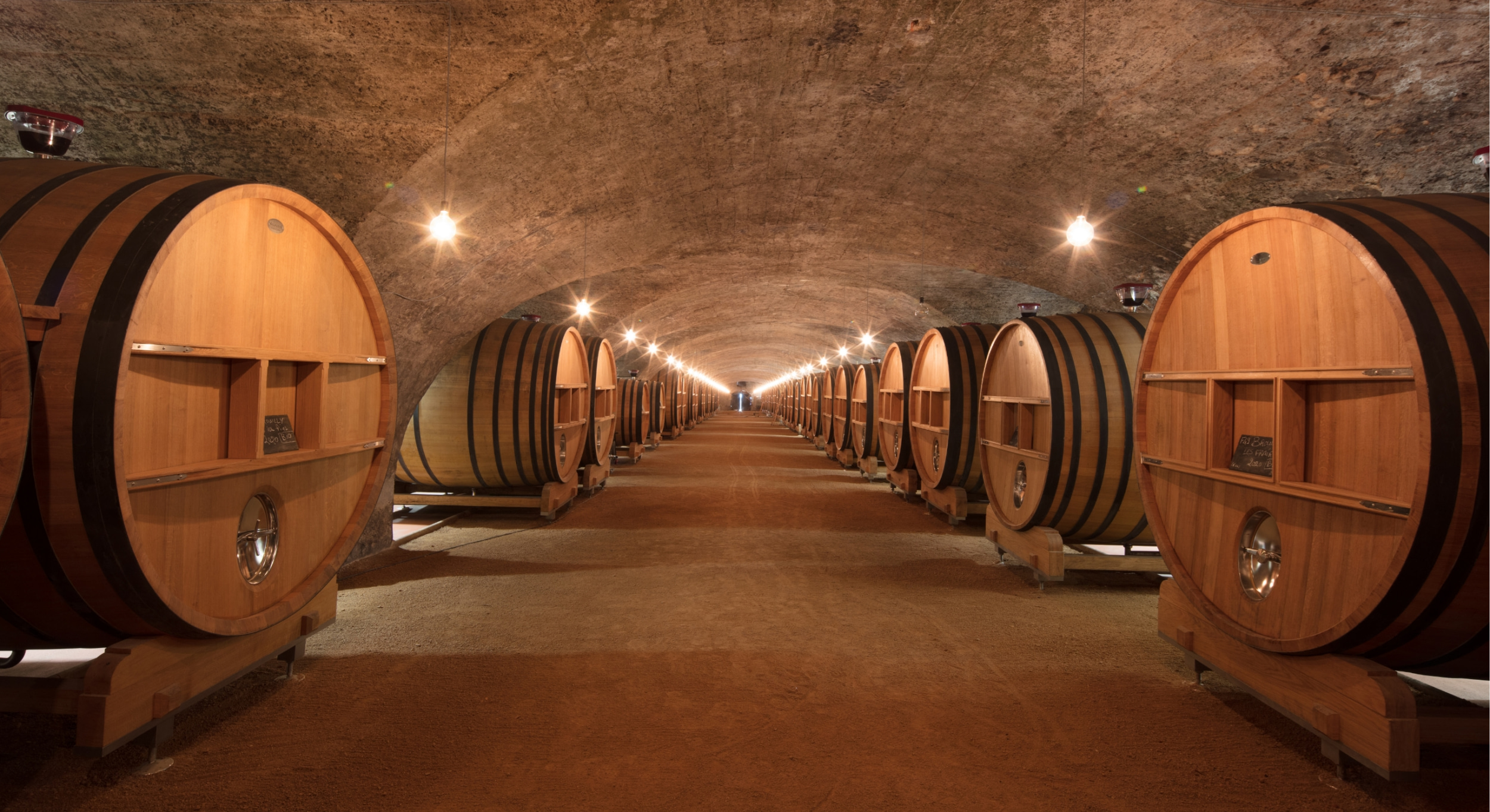
With a length of 108 meters (354 feet), this is one of the largest cellars in the world yet it was designed in the 18th century!
Ageing in the Beaujolais' longest cellar
It contains 50 barrels, which allow us to carry out malolactic fermentation, after which the wines are allowed to age for 8 to 18 months, depending on the style we want to achieve.
We source our barrels from several expert coopers: Dargaud & Jaeglé, Rousseau, Seguin Moreau, Taransaud, Grenier and François Frères.
Three sizes of barrels (30, 60 and 90 hectoliters / 793, 1,585 and 2,378 gallons) allow us to adapt to the varying yields from our different plots.
In this remarkable ageing cellar, the hygrometry and temperature remain constant throughout the seasons, which are important factors in ensuring that the wines age well.
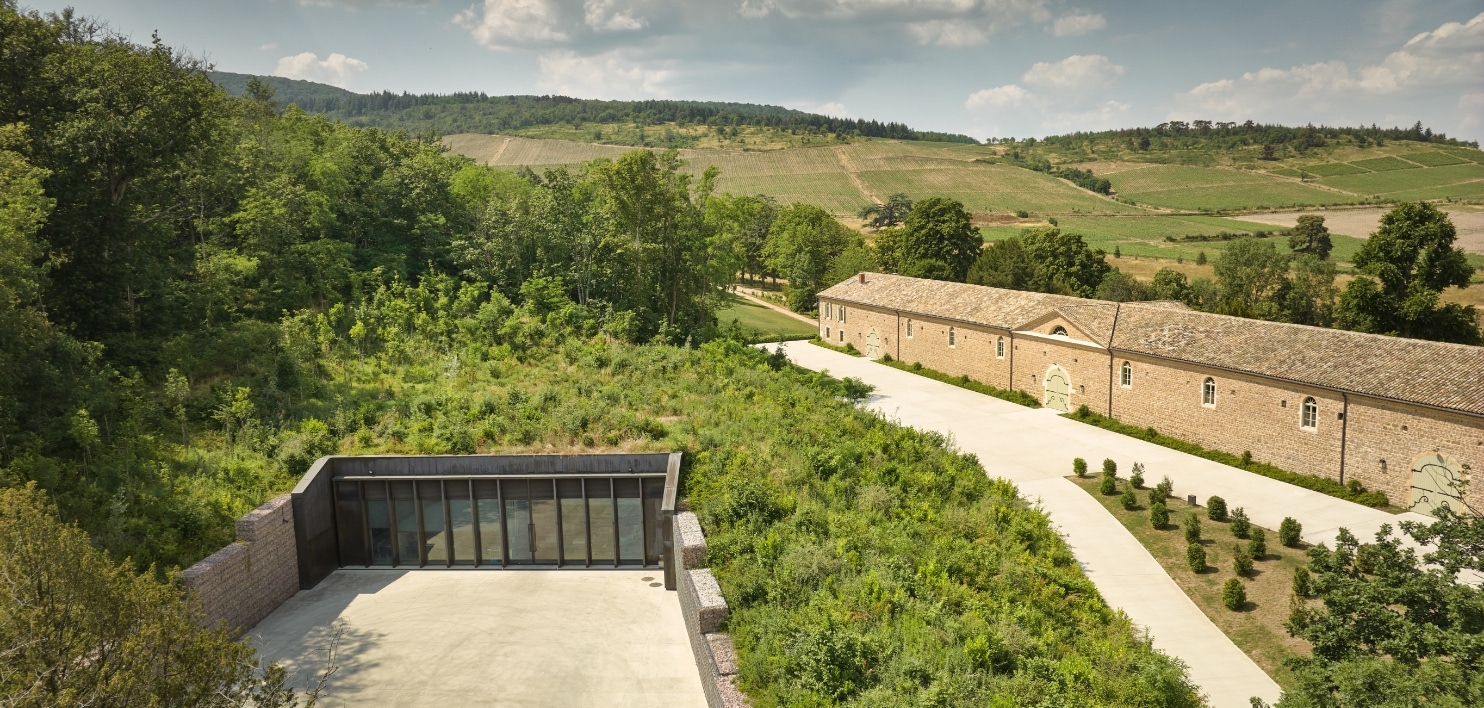
On-site bottling and storage
Opposite the historic winery, a new, underground winery, a true feat of architecture and technology, was built for storing and bottling. It is connected to the historic winery by a network of passageways for people and an extensive system of pipes and pumps for the wines. It was built underground to preserve the visual harmony of the estate and, at the same time, make the winery more energy efficient.
It houses our bottling and labelling lines, in addition to a small-scale geothermal plant which regulates the temperature of the facilities and tanks by means of 28 injection and production wells that are over 200 meters (650 feet) deep.
This building, that is as efficient as it is discrete, exemplifies the estate’s ambition: "An unprecedented energetic and environmental transition in the aim of reaching carbon neutrality and zero waste".
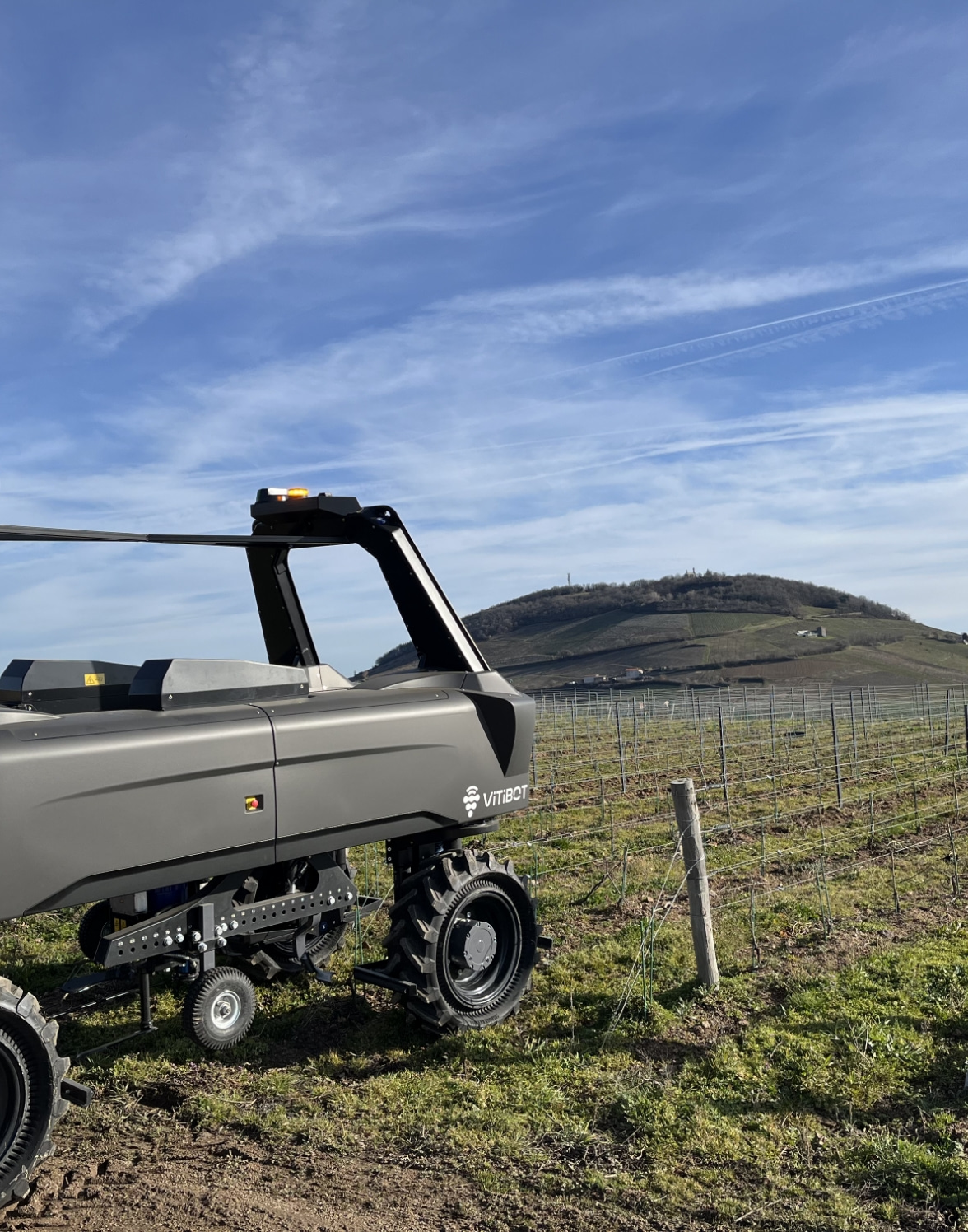
Connected weather stations have been installed in each plot. They give us precise information about temperature, precipitation and wind speed, which allow us to intervene when appropriate throughout the growth cycle of the vines.
With the restructuration of the estate, we have decided to abandon traditional goblet pruning for double Cordon de Royat pruning. We are trellising the new vines so that the soil can be plowed mechanically as can the trimming of the vines. As far as vitiforestry is concerned, we have planted hedges between the plots, which create green corridors that allow animals to move from one wooded area to another, thereby maintaining biodiversity by regulating the ecosystem.
Furthermore, trials on different types of mulch (rice mulch, hemp felt, ramial chipped wood), and vegetal cover crops are carried out each year in order to find the best adapted solutions.
We also take the greatest of care in choosing the equipment we use, following multiple tests in the vineyard, gradually replacing our thermal straddle tractors with electric robots that are lighter, totally silent and do not emit any CO2 while being used.
Experimenting with essential oils, kelp and silica-based treatments also allow us to find ways of reducing the use of plant-care products by reinforcing the vines’ natural immune systems.
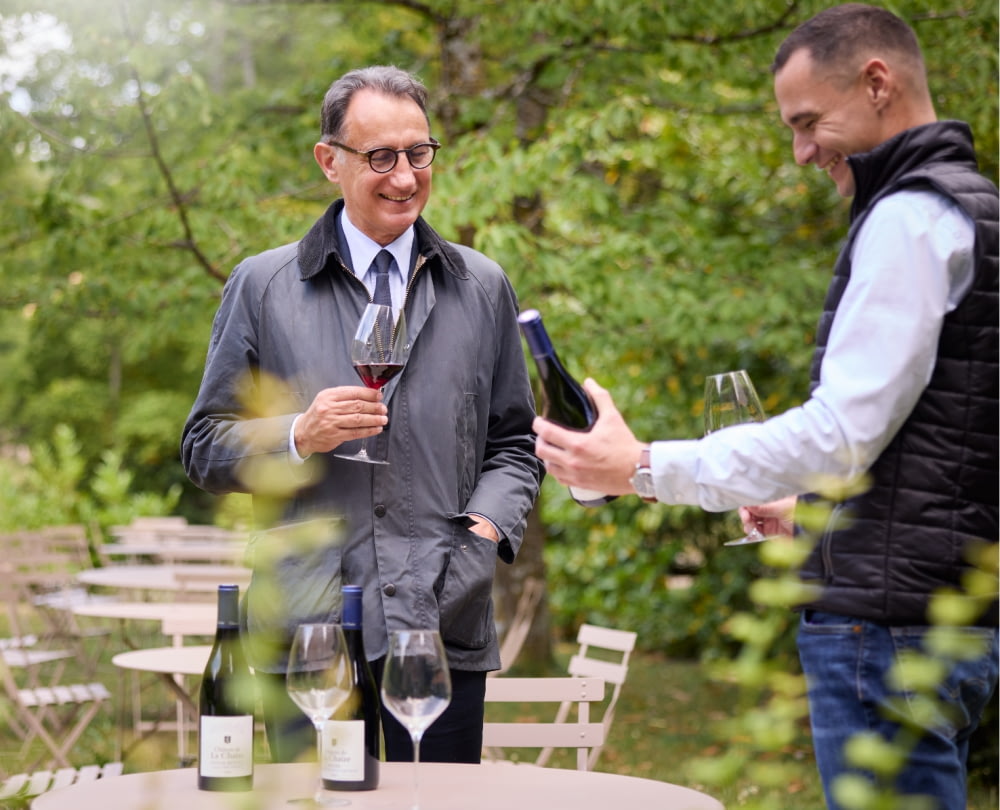
The family
Boris, the man in charge of the vineyards and the wine, and Christophe Gruy, the entrepreneur and man of challenges, form a complementary yet atypical duo within the family business. They strive to transmit their passion for their work from generation to generation and their quest for excellence when it comes to “haute-couture” wines!
Constance, Christophe Gruy’s daughter, who head the family Groupe Maïa, comprised of Maïa Fondations, Maïa Energie and Maïa Sonnier, were called upon to participate in the renovation of the estate, as were Deluermoz’s stone cutters.
Mathilde, Boris Gruy’s partner, and Jules, Christophe's son, are happy to contribute to this admirable family project.
And Boris is both pleased and proud to already be taking his daughters, Mia and Anaïs, into the vineyards and cellars to initiate them to the secrets of the trade!
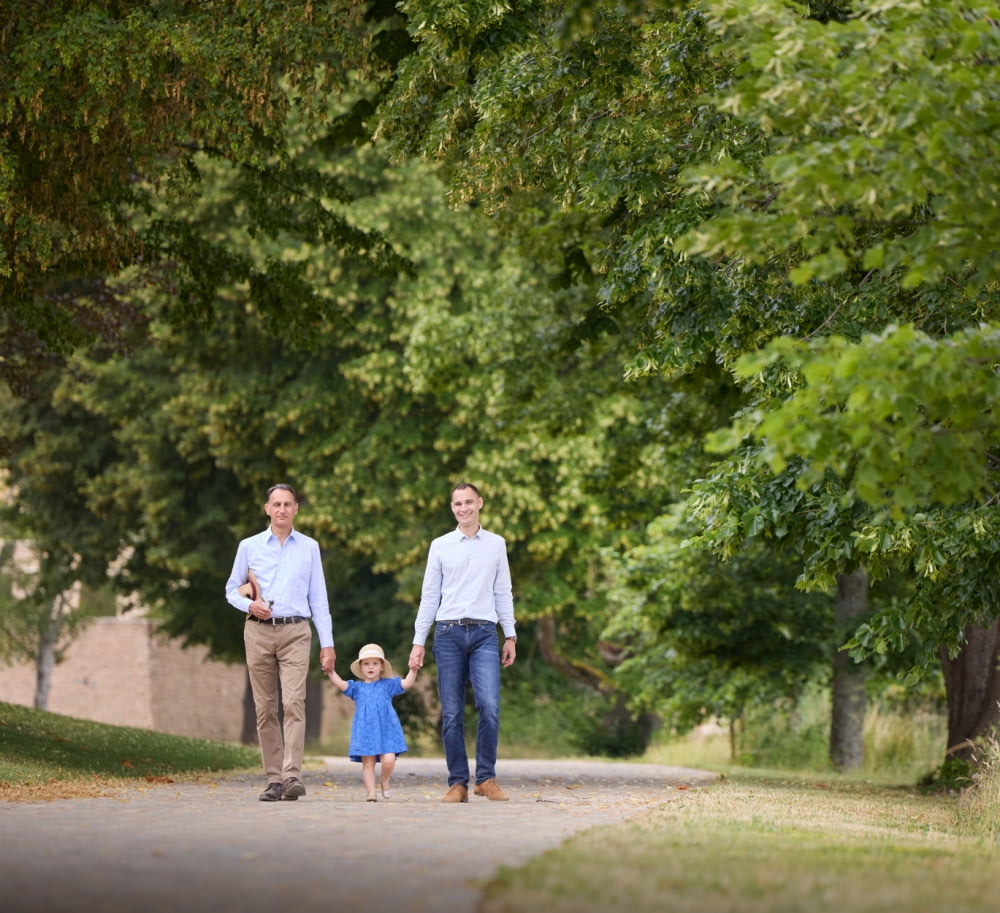
A devoted team
An enthusiastic team of experts is involved in daily life at the estate.
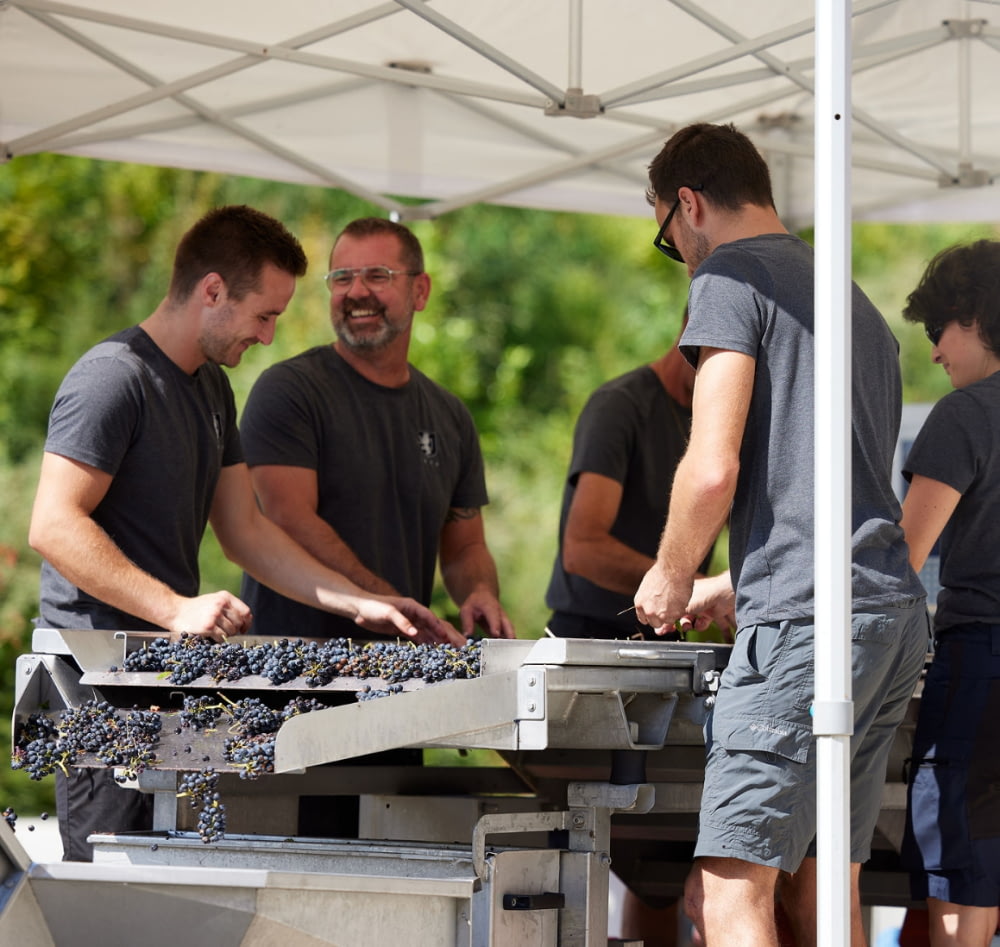
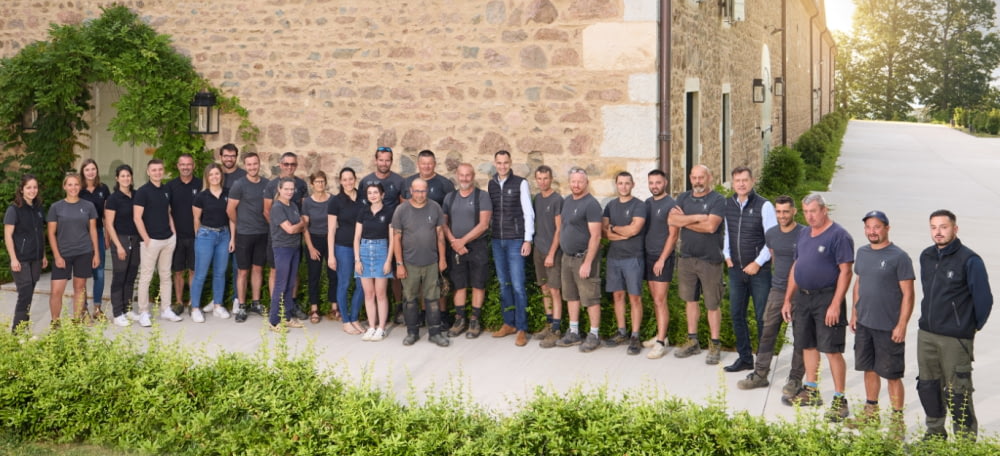
The following people have joined us in this adventure: Chloé (Cellarmaster), Thomas (Technical Manager), David (Vineyard Manager) and his team in the vineyards (Naëlle, François Guillaume, William, David, Nicolas, Francisco, Yves, Alexandre, Nicolas), Thierry (Maintenance and Technical Manager), Albane (Sales Director), Romain (Sales Manager France), Charlotte and Antoine (Sales Administration Managers), Gérard and Loïs (Bottling, Packaging and Shipping Managers), Madisson (Tours & Experiences Manager), René (Estate Game Warden), David (Estate Gardens Manager) and his team (Emmanuel, Jonathann, Ewan), along with Virginie who ensure that the premises are kept immaculately clean, and last but not least, the 30 workers who help us all year long in the vineyards, whether it be for pruning, green harvest or grape picking!
